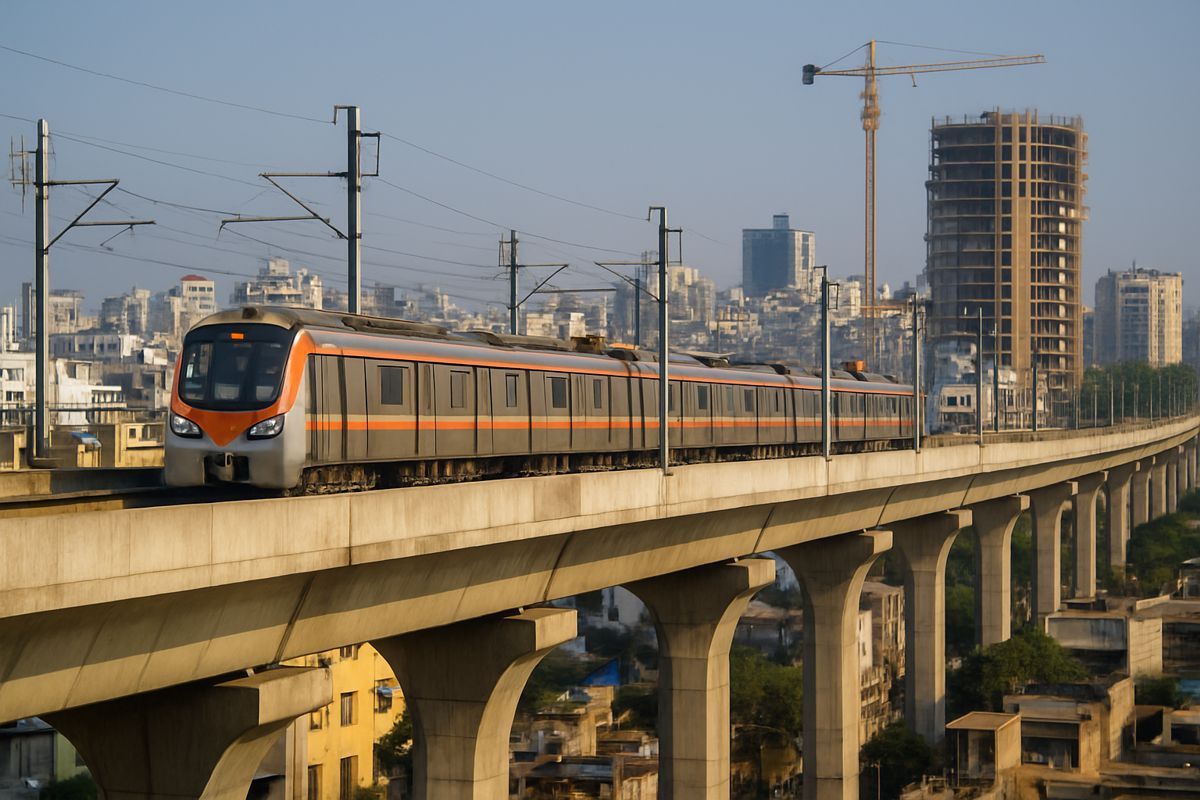Smart Sensors could prevent metal thieves running off with the rails
Cable theft costs the UK taxpayer millions of pounds each year—and that’s just for infrastructure repairs. The total cost to the economy is even higher.
Thieves are attracted to metal for its buoyant pricing, targeting overhead power lines, signalling cables, and even metal fences. But along with greater policing and stricter scrap metal controls, smart technology solutions can make railways security more robust, keeping commuters on the go and supply chains moving, and reducing repair costs.
Last year, railway cable thieves in South Yorkshire alone cost the taxpayer almost £630,000 in just six weeks. In 2021, there were 89 hours of delays, costing the taxpayer £280,000. In December last year, chaos ensued when trains running between London and the north were hit with massive disruptions on Monday after thieves stole vital signalling cables. There’s no doubt that theft of metal cable from the railway remains a significant issue for the rail industry, causing hours of passenger delays and costs that run into the millions.
What happens when cables are stolen?
Britain’s rail network is designed to fail safe. What this means is that when cables are removed, the signalling and telecommunication networks of the railway don’t work, and trains are brought to a standstill.
This fail-safe system protects passengers and railway staff, but can lead to lengthy, frustrating delays while the problem is located and fixed. National Rail says that cable theft means fewer trains are able to run on the lines, which means that trains may be cancelled, revised, or delayed.
Rail cable theft is not a victimless crime
Almost every day, some of the 1.8 billion people who travel by rail feel the impact on their journeys when thieves strike. For many people, this means being late to work, thus costing economic activity and productivity. Key workers (such as healthcare workers and teachers) are also prevented from attending to where they’re needed.
A large proportion of the rail network’s funding comes from the Government, which means that, ultimately, cable theft costs taxpayers money. Costs associated with cable theft include:
- Compensation to train and freight companies for delays incurred
- Costs associated with replacing stolen or damaged cable
These resultant costs use vital public funds which should go towards upgrading and maintaining the railway system.
Along with commuters, disrupted services also affect the supply chain, including freight trains carrying thousands of tonnes of food and other products to supermarkets around the country.
How smart technology can protect railway systems
Network Rail is using drones, covert cameras and dedicated security teams to deter thieves. Along with these measures, wireless IoT technology can be deployed to monitor cables. Smart sensors and monitoring systems can be attached to cables and connected to a central network, allowing authorities to monitor the cables in real time. Sensors can detect a change in status if a cable has been cut or tampered with and alert the relevant parties. This allows for a quick response for a better chance of catching the perpetrators and also helps locate the fault immediately.
Sensors can measure:
- Movement alerts
- Intrusion alerts
- Tamper detection
- Authorised vs unauthorised access
In addition to real-time monitoring, authorities can use a central data management platform to analyse the data collected by the sensors to identify patterns and trends that may indicate potential theft. For example, if a specific location and/or time period has a high incidence of cable theft, authorities can take preventative measures during these high-risk times.
IoT sensors can be integrated with wireless CCTV and smart security systems to add to the overall deterrent effect. For example, cameras with facial recognition technology can be used to identify individuals who have previously been involved in cable theft, and biometric security measures help ensure that only authorised individuals are able to gain access to key areas.
Conclusion
Although railway cable theft remains an issue in the UK and worldwide, using the right technology allows authorities to collect relevant information and receive instant alerts to prevent cable theft and mitigate its effects.




















